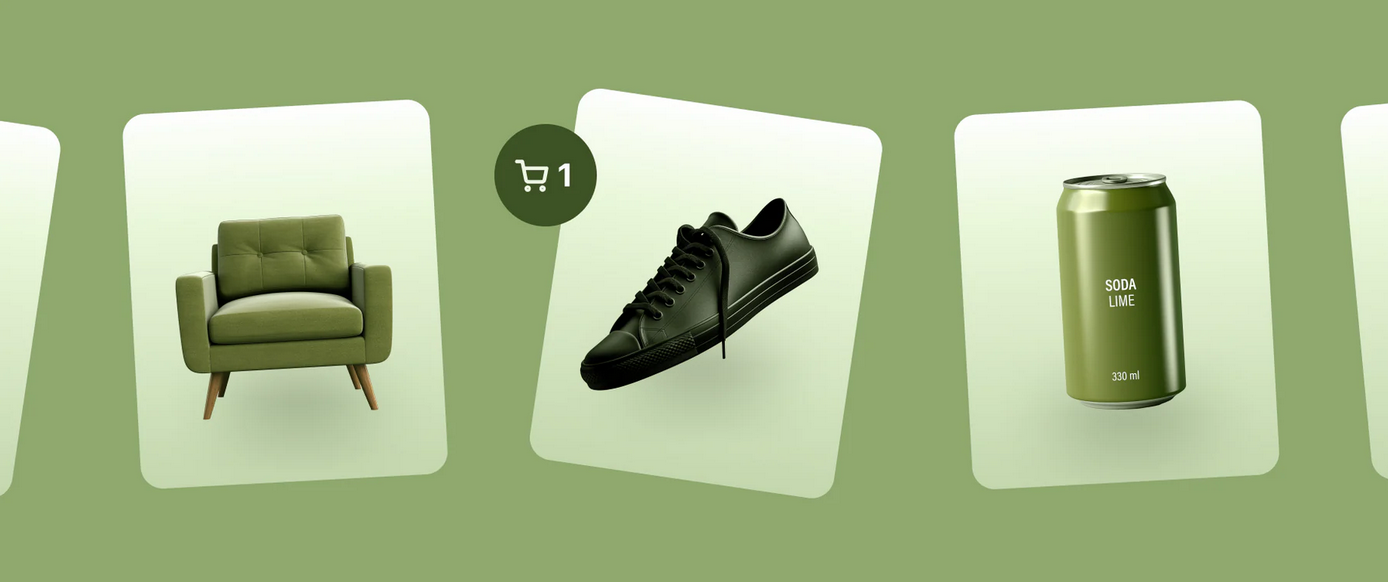Products are a big part of your business. The products you offer define your brand identity. They are also the main source of revenue for your business.
By understanding the different types of products, you can see where your product falls in the market, understand the mindset of your customers better, and sell more online.
Ahead, learn about the types of products in commerce, so you can set yourself up for success.
What are products?
Products are anything a company sells, whether physical or digital products, or a service. In retail, products are also called merchandise. From everyday essentials to luxury items, retailers carefully select their merchandise based on market demand and consumer preferences.
For manufacturers, the term “product” covers both the raw materials purchased for production and the finished goods that are sold. These two sectors of commerce take different approaches to product development and marketing campaigns in order to succeed.
How are products classified?
Product classification is the process of categorizing products based on certain characteristics. There are various reasons for doing this, such as understanding consumer buying behavior or choosing which white label or private label products to source.
Common ways to classify products include:
Use case for functionality, like kitchen appliances or sports equipment
Industry or market, such as automotive or fashion
Demographics, like products for seniors, men, or women
Price, which can include budget, mid-range, and luxury
Material, such as organic or wood
Style, like modern, vintage, or bohemian
Product categories can overlap or be combined to meet consumer needs. Businesses often develop their own classification systems for different product lines to suit their specific goals.
Convenience goods
Convenience goods are products that consumers frequently purchase with little thought or effort. These items typically are low-cost and widely available, making them easy to buy on the go.
Many businesses rely on convenience products for reliable sales and profits. However, since they’re so widely available, businesses have difficulty developing a differentiation strategy for convenience goods.
Examples of convenience goods
Milk
Toothpaste
Soap
Laundry detergent
Magazines
Snack foods
Water
Shopping goods
Shopping products are items bought less frequently. They often are more durable and expensive than convenience goods and are geared toward a specific niche.
For example, when buying a new car, a shopper will look at different models to find the one with the best combination of price, fuel efficiency, safety features, and so on.
Shoppers compare products on multiple dimensions, so your products must stand out. The best way to do this is with effective marketing and branding highlighting the product’s most attractive features.
Examples of shopping goods
Clothing
Cars
Appliances
Furniture
Phones
Eco-friendly products






